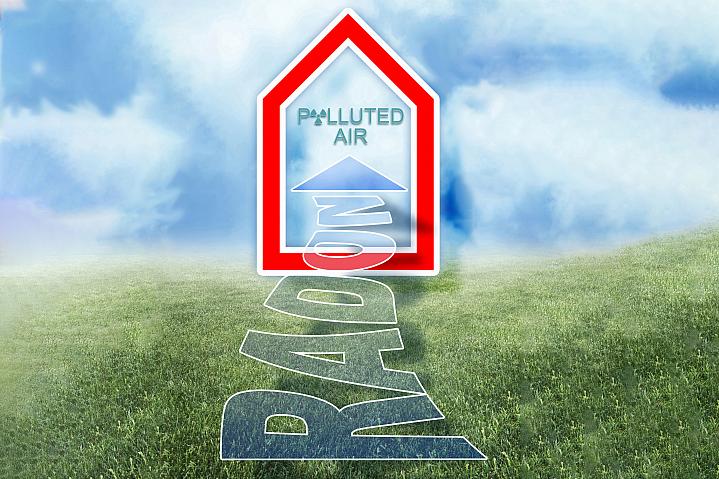Health Capsule
Test Your Home for Radon
 FrancescoScatena/iStock/Getty Images
FrancescoScatena/iStock/Getty ImagesRadon is a radioactive gas that you can’t smell or see. Breathing it in can damage your lungs. Radon is the second leading cause of lung cancer in the U.S. It causes thousands of deaths each year.
Radon comes from the natural decay of radioactive metals in rocks and soil. This harmful gas can move from the ground into the home through cracks in the floor and foundation.
Radon can give off radioactive particles. Being exposed to high levels of radioactive particles for a long time can cause lung cancer years later.
Testing your home for radon is easy. You can do it yourself. Experts suggest testing all homes below the third floor.
You can get a radon test kit through the mail or at a hardware store. Or you can hire a radon professional. The test will measure radioactivity in the air. The average home has about 1.3 picocuries of radioactivity per liter of air.
Experts suggest taking action if the level is at 4 picocuries or higher. In that case, contact a licensed professional for an evaluation. If your home’s levels are between 2.0 to 4.0, you may also want to consider taking steps to reduce radon. These levels may also pose increased risk.
Find out more about how to lower radon levels.
NIH Office of Communications and Public Liaison
Building 31, Room 5B52
Bethesda, MD 20892-2094
nihnewsinhealth@od.nih.gov
Tel: 301-451-8224
Editor: Harrison Wein, Ph.D.
Managing Editor: Tianna Hicklin, Ph.D.
Illustrator: Alan Defibaugh
Attention Editors: Reprint our articles and illustrations in your own publication. Our material is not copyrighted. Please acknowledge NIH News in Health as the source and send us a copy.
For more consumer health news and information, visit health.nih.gov.
For wellness toolkits, visit www.nih.gov/wellnesstoolkits.



